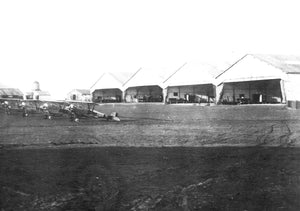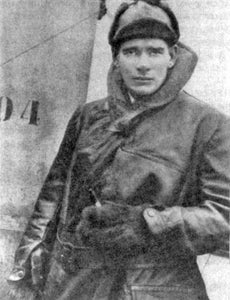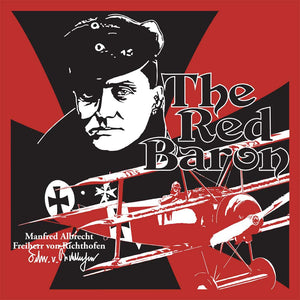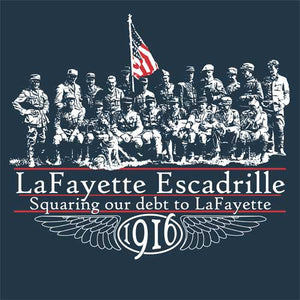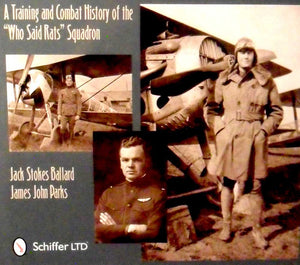Knights Without Parachutes
Birdstrikes and Other Hazards of World War 1 Aviation
dangers of wwi aviation red baron
Wildlife on the Flightline Before the recent open house at the VAFM, which is currently housed in a hangar at the Platte Valley Airpark, the morning chorus of birdsong along the taxiways was quite loud. Even in the days of jet aircraft, a flightline is not a bad place to get acquainted with the kinds of wildlife that live in meadows and grasslands. So much the more in the days before tarmac and tail wheels, when the airfield was an actual field that served as the interface between ground travel and air travel, and mud might be a factor in...
Irish Ace of World War 1: Mick Mannock
Britain's Leading Ace The Turks made a statistically good decision, which turned out not to work so well for their side in World War 1. The middle of March seems like a good time to mention Edward "Mick" Mannock, one of the highest-scoring British aces, but whose greatest contribution to the war effort may have been the pilots he trained rather than the ones he shot down. Mannock was only half Irish - his mother's half. Maybe his father's disappearance had something to do with his supporting the British Empire but also the Irish Home Rule Movement. Before the war...
Some Brit Shot Down the Red Baron
In the air, over there, one hundred years ago, the Red Baron was shot down in the middle of March 1917. But no, it wasn't the victory credited to Roy Brown. Or Australian ground fire. Or even Snoopy. An aerial victory did not have to mean the aviator was killed; victory just meant a forced landing and an aircraft denied to enemy use. Many pilots were happy to have a victimless victory, where the enemy pilot survived. And, according to Richthofen, what happened that day shouldn't really count as being shot down anyway, because he himself used the term to mean...
Elliott White Springs - Great Pilot, Clever Writer, You Wouldn't Want Him With Your Daughter
elliott cowdin elliott white springs
The two Elliotts are easy to confuse. Elliott Christopher Cowdin, one of the original seven in the Lafayette Escadrille, was a friend of Norman Prince, and went to Harvard. A New York City native, he was credited with three aerial victories. Elliot White Springs was a Southerner, went to Princeton (part of the Princeton Flying Club), and wanted to be in the Lafayette Escadrille but didn't get "over there" until after the US joined the war. He became an ace, and some said his score could have been up there with Rickenbacker's if he had bothered to count them all....

